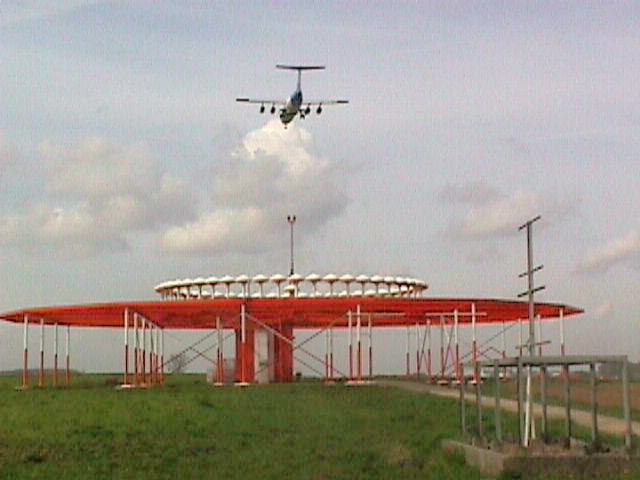Rebecca/Eureka transponding radar
The Rebecca/Eureka transponding radar was a short-range radio navigation system used for the dropping of airborne forces and their supplies. It consisted of two parts, the Rebecca airborne transceiver and antenna system, and the Eureka ground-based transponder. Rebecca calculated the range to the Eureka based on the timing of the return signals, and its relative position using a highly directional antenna. The 'Rebecca' name comes from the phrase "Recognition of beacons". The 'Eureka' name comes from the Greek word meaning "I have found it!".
Sgt. William T. Alexander, flight engineer, with B-24D#42-63980 of the 858th BS, 801st/492nd BG "Carpetbaggers" in 1944, showing Yagi antenna for Rebecca transceiver
Mk. IV-equipped Bristol Beaufighter
US Navy Rebecca/Eureka transponding radar training sketch
Airborne Long Wave Rebecca Responsor training sketch
Radio navigation or radionavigation is the application of radio frequencies to determine a position of an object on the Earth, either the vessel or an obstruction. Like radiolocation, it is a type of radiodetermination.
Amelia Earhart's Lockheed Electra had a prominent RDF loop on the cockpit roof.
The Orfordness Beacon as it appears today.
VOR transmitter station
Cessna 182 with GPS-based "glass cockpit" avionics







